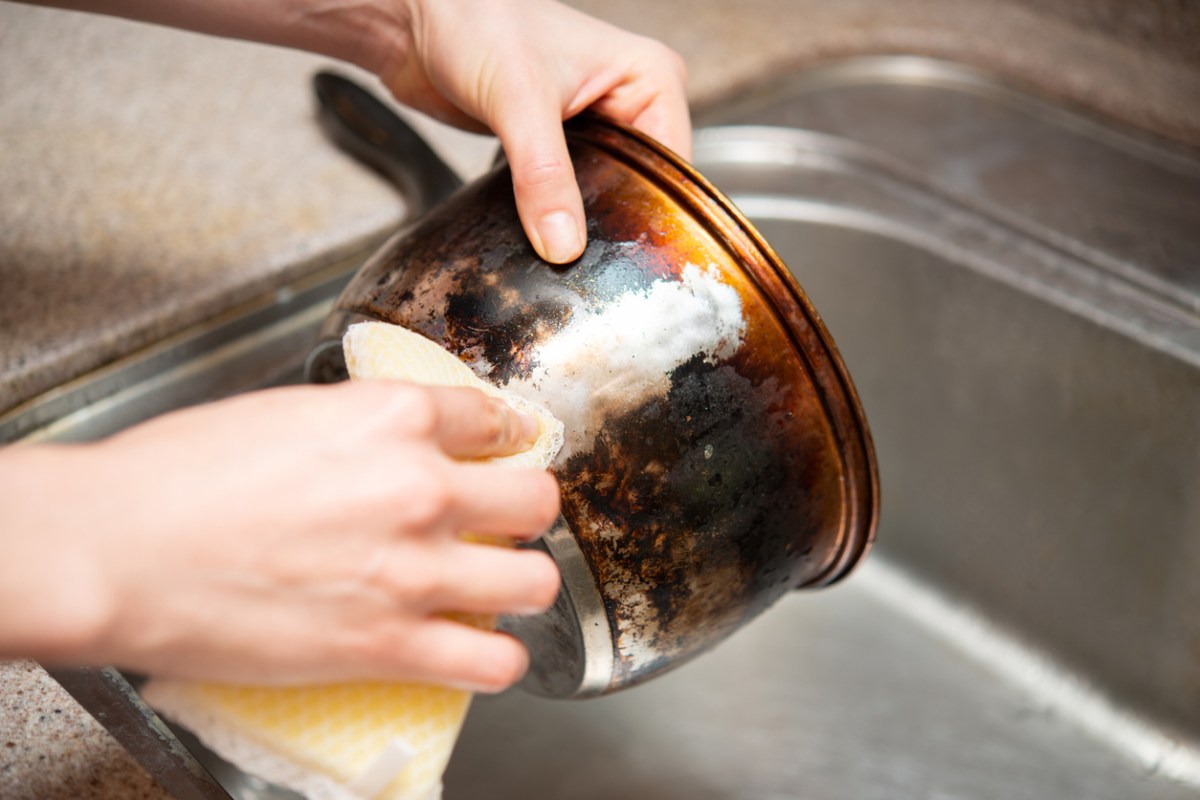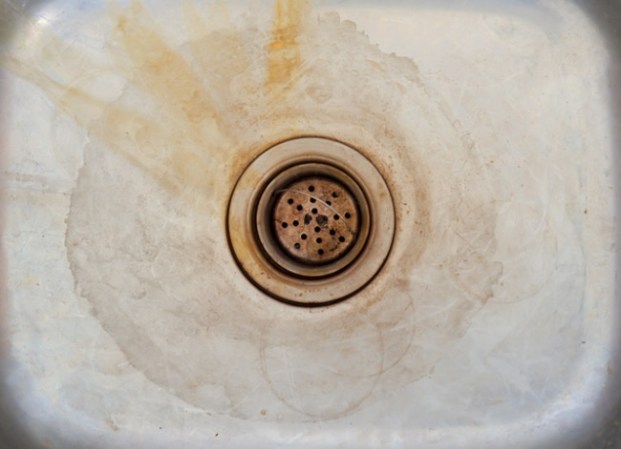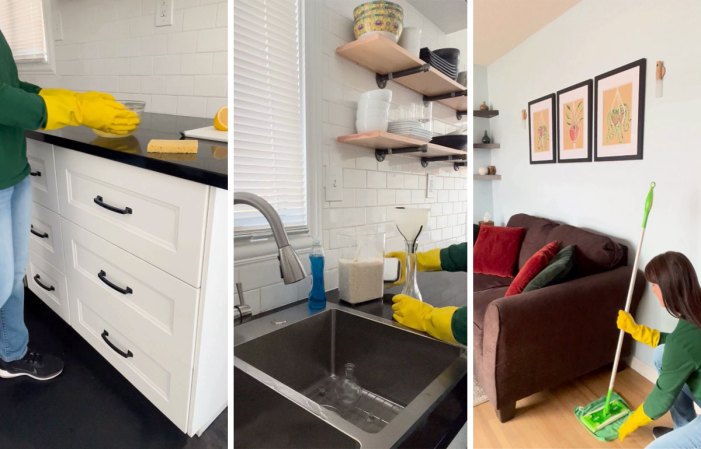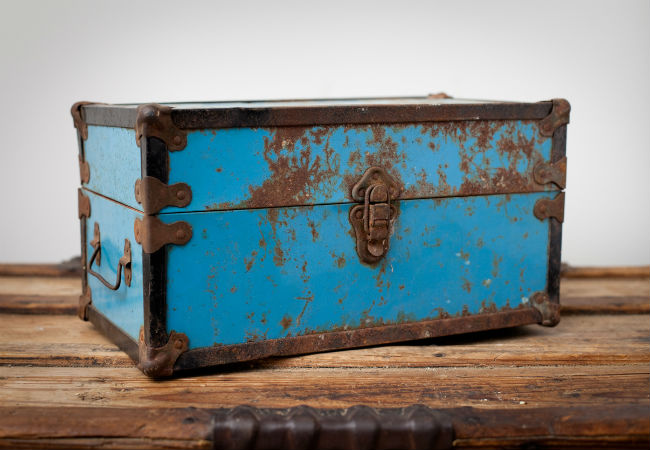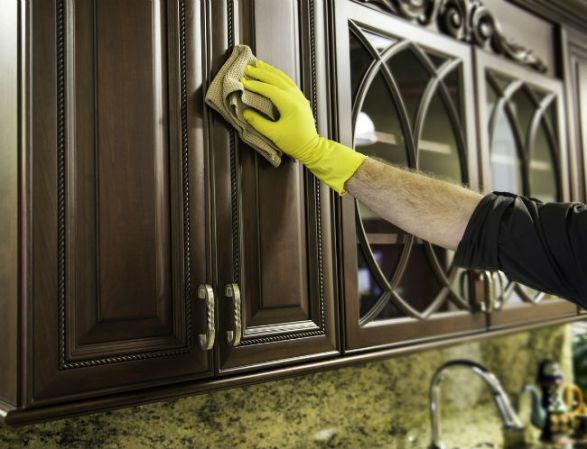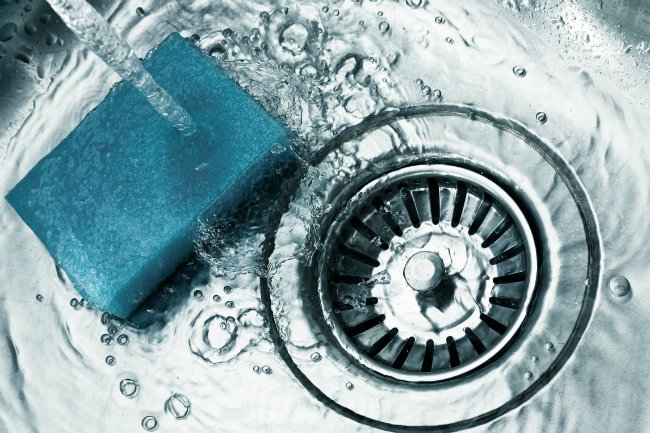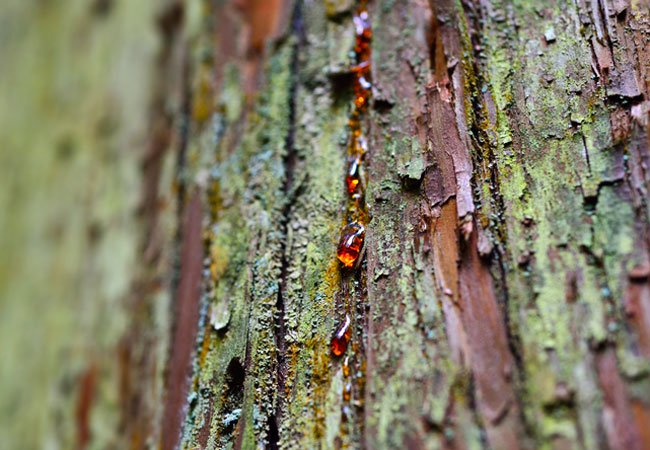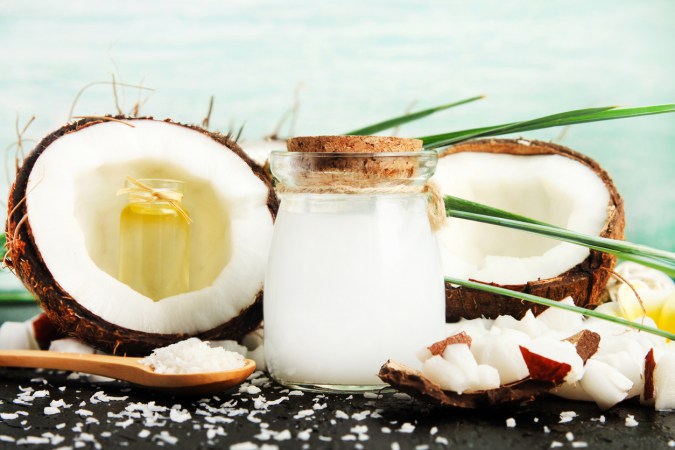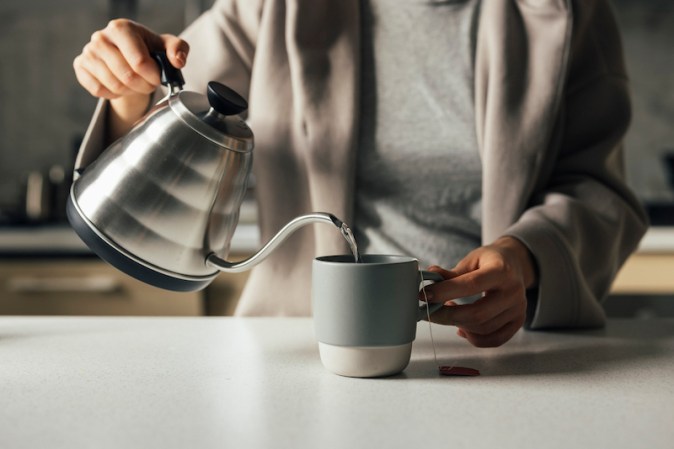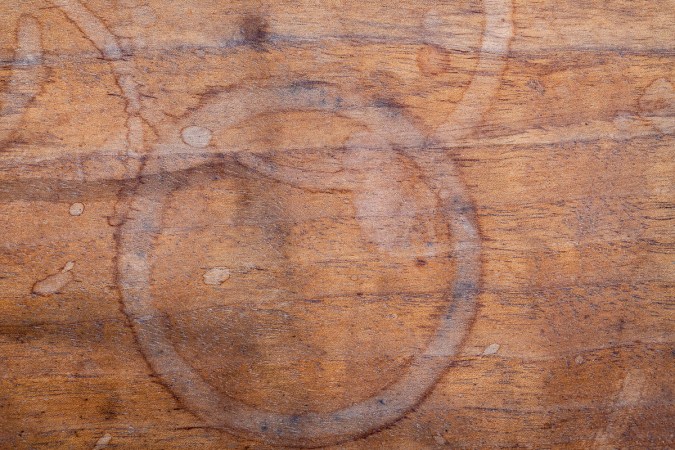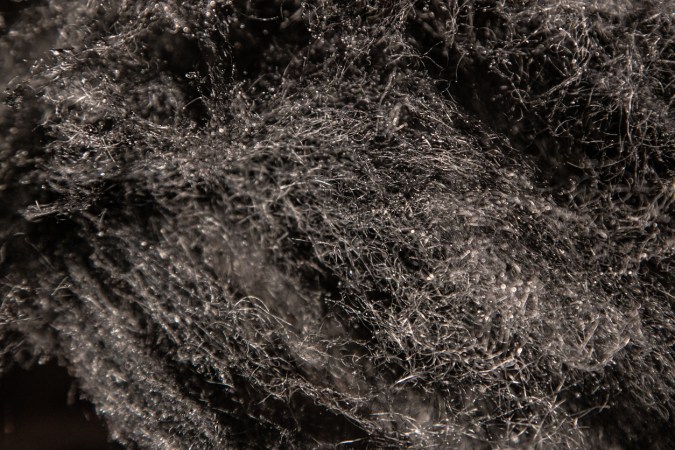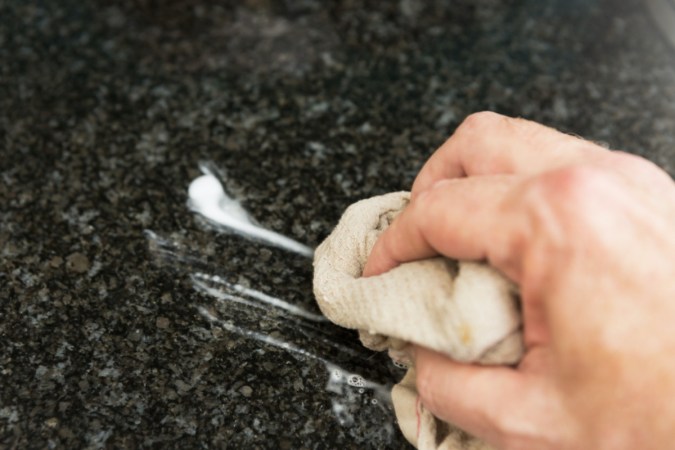We may earn revenue from the products available on this page and participate in affiliate programs. Learn More ›
Rust is a common household enemy, rearing its ugly orange-brown head anywhere from the kitchen utensil drawer to the workshop tool chest. Although it poses no health risks on its own, anyone looking for how to remove rust from metal is far from alone, and there’s no shortage of store-bought rust removers on the market. These products, unfortunately, are toxic and can irritate your skin, lungs, and eyes.
You don’t have to go to the cleaning aisle for a quick fix, though. There’s likely an effective homemade rust remover waiting to be assembled in your pantry—as many as five, in fact. Here’s how to clean rust off metal using DIY vinegar, lemon, potato, ketchup, and cream of tartar recipes.
How to Remove Rust With Vinegar
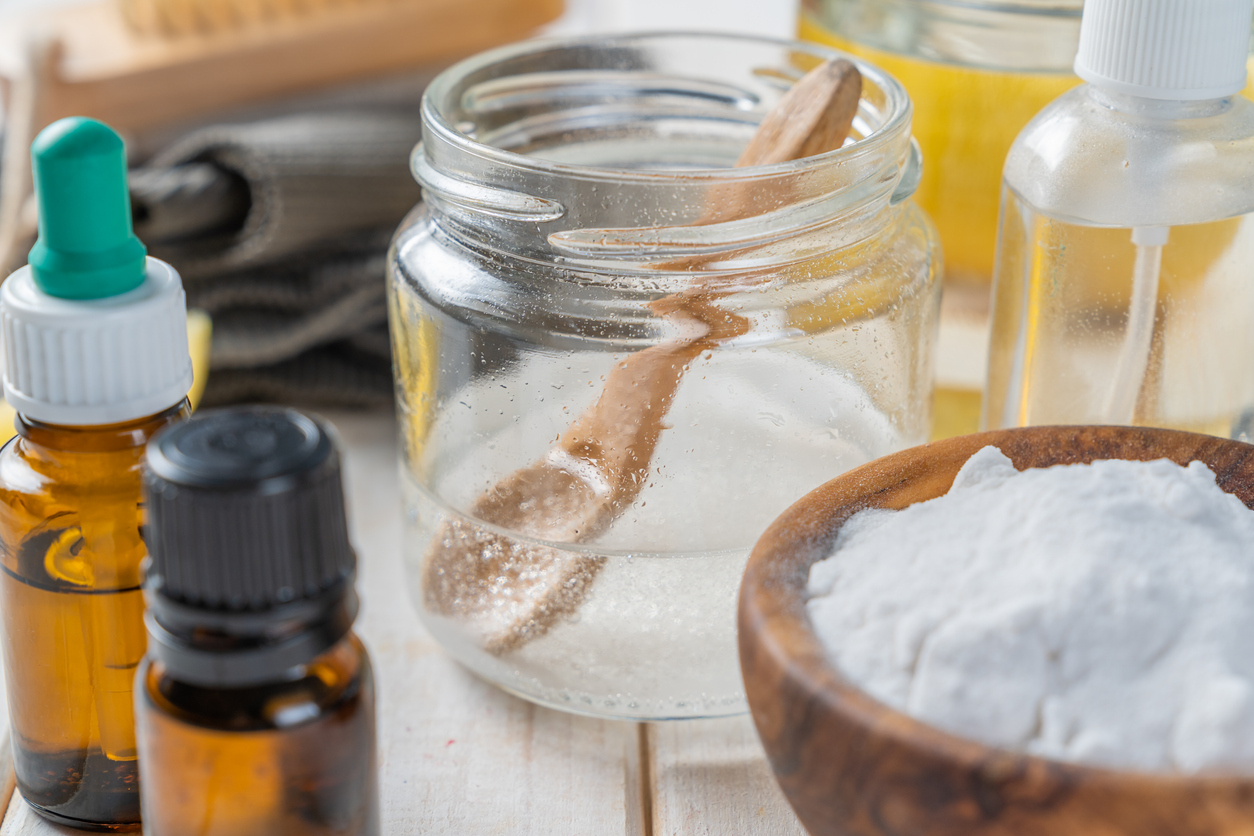
White vinegar and baking soda are a well-known duo for their efficacy and flexibility as household cleaners, and they can even be used for removing rust from metal when combined with salt. This rust removal method is easy but takes time, and it’s ideal for cleaning several rusted metal items, such as a kitchen utensil set, at once.
SUPPLIES
5-gallon bucket
Distilled white vinegar
Table salt
Gloves
Baking soda
Microfiber cloths
STEP 1: Prepare rusted metal objects before soaking them in a salt and vinegar mixture.
In a large bucket or tub, pour ½ cup of salt into ½ gallon of distilled white vinegar. Mix the two together until the salt fully dissolves. Disassemble any rusted items that have removable nonmetal parts, such as wood or plastic handles. Add the rusty metal pieces to the vinegar solution, and allow them to soak for up to 12 hours.
STEP 2: Remove and rinse metal after soaking.
Put on disposable or dishwashing gloves, transfer the metal items to the sink, and dispose of the vinegar mixture down the drain with the faucet running. Thoroughly rinse each piece before returning them all to the bucket or tub.
STEP 3: Briefly soak the pieces in a baking soda and water mixture.
Pour ½ gallon of water and ½ cup of baking soda into the container and mix until the baking soda dissolves. Allow the metal to sit in the mixture for about 10 minutes before once again transferring each piece to the sink and dumping out the water.
STEP 4: Wipe down, rinse, and dry the metal.
With a clean cloth, thoroughly wipe down each metal surface. Next, rinse them all under warm water. Finally, fully dry the cleaned metal with dry microfiber cloths.
How to Remove Rust With Lemons
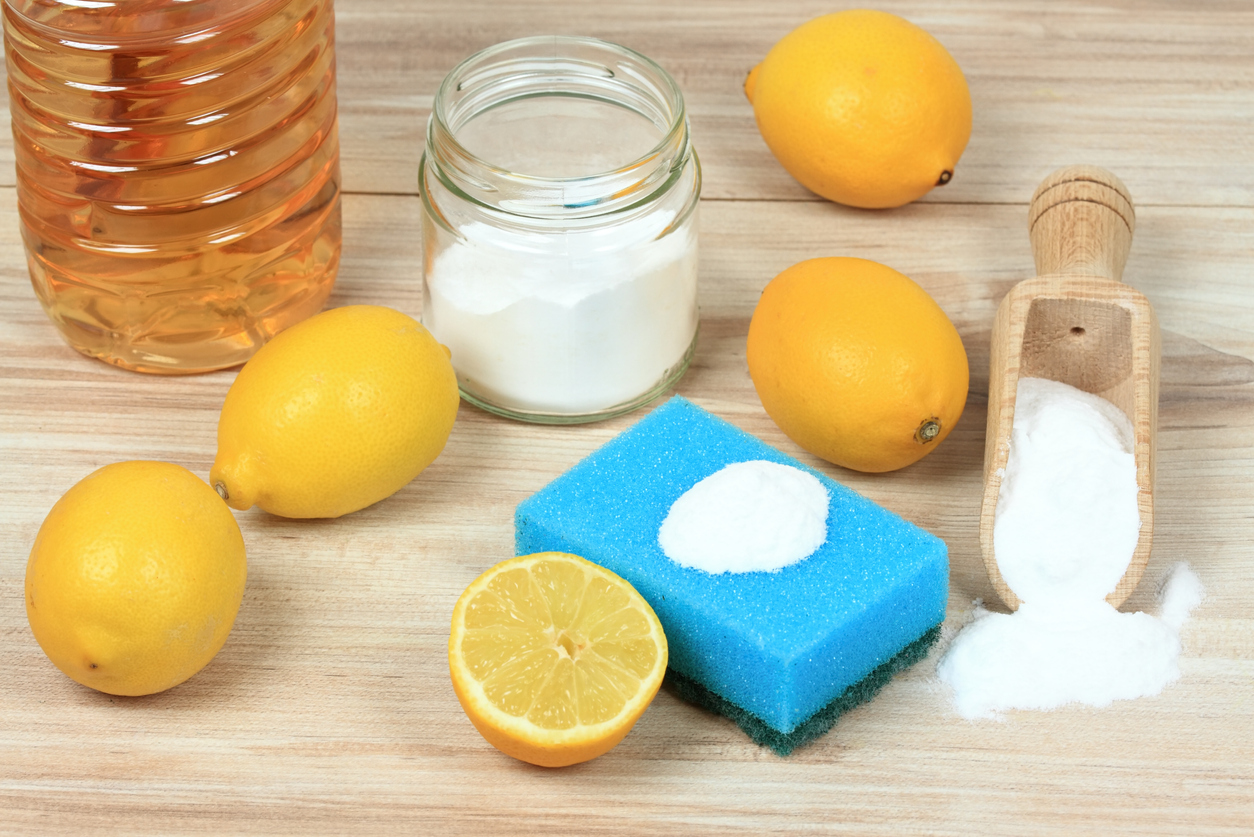
Another popular natural cleaner, lemons can also eliminate light-to-moderate cases of metal rust. Combined with the abrasiveness of everyday table salt, these citrus fruits are as effective in cleaning and rust removal as they are delicious in zesty dishes and refreshing beverages.
SUPPLIES
Table salt
Lemons
Abrasive pad (optional)
Microfiber cloths
STEP 1: Coat the rusted area(s) with salt and lemon juice.
For pans, hand tools, and other small metal items, lay the piece being cleaned in the sink or on a suitable work surface with any rust spots facing up. Lightly sprinkle salt onto the reddish-brown spots. Then, squeeze a cut lemon or use a cloth to wipe some lemon juice directly onto those problem areas.
STEP 2: Allow the lemon juice and salt to sit on the metal surface.
Let the lemon juice and salt soak on rusted metal for up to two hours. When removing rust from especially rusty tools or hardware, you may need to lightly scrub the mixture into the metal surface before allowing it to soak.
STEP 3: Wipe, rinse, and dry the surface completely.
Use a clean cloth to wipe off the lemon juice and salt from the metal, and thoroughly rinse the surface under the faucet or with a damp cloth to remove any remaining residue. If the treated rust spots remain but have lessened in size or color, repeat these steps until all of the rust disappears. Once you’re satisfied with the results, fully dry the clean metal surface with a dry microfiber cloth.
Photo: istockphoto.com
How to Remove Rust With Potatoes
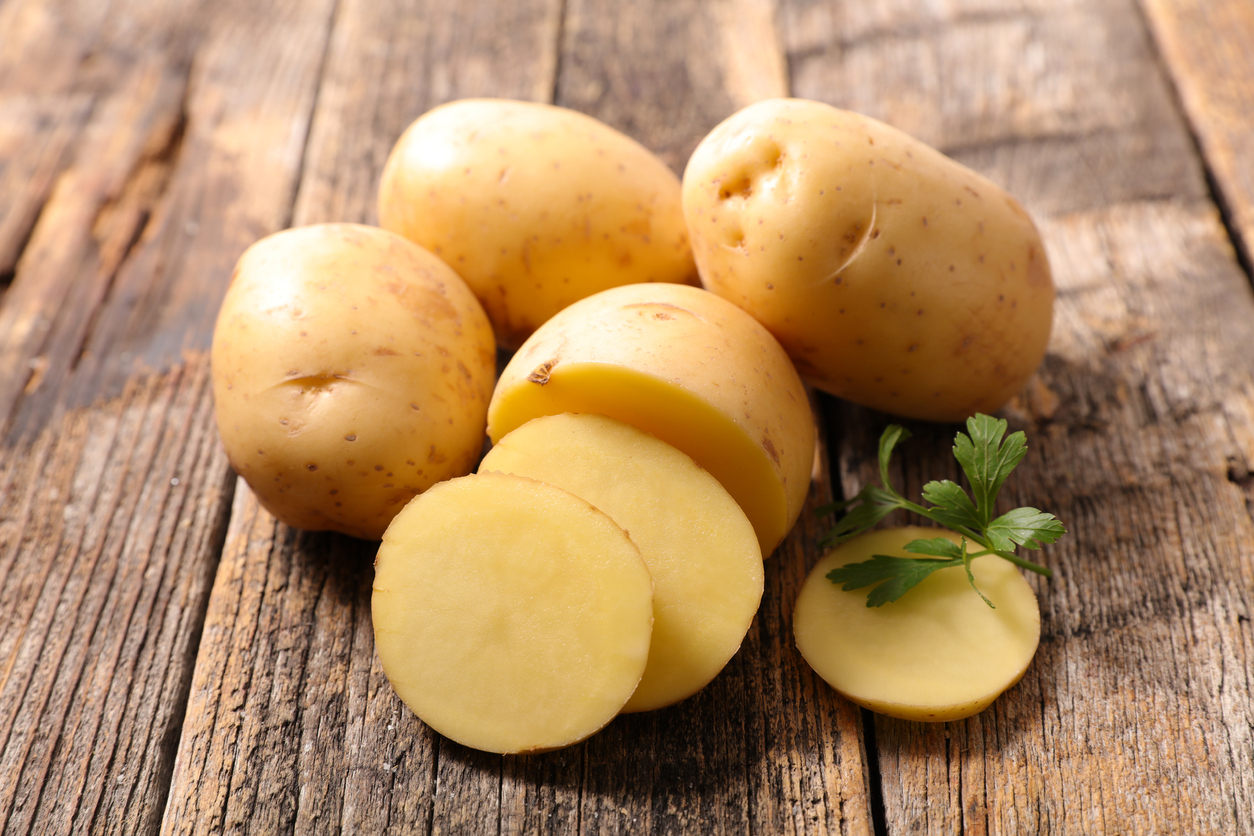
If you have some spare spuds in the pantry, you’re in luck: Raw potato contains oxalic acid, making it a natural rust remover. This method is especially helpful if you’re looking for how to get rust off cast iron pans. You can even stab the rusty metal blade of a kitchen knife into a potato and let the oxalic acid work its magic for a few hours before skipping ahead to Step 3 below.
SUPPLIES
Russet potatoes
Dish soap
Table salt or baking soda
Microfiber cloths
STEP 1: Cut a potato in half, and coat the cut end with soap and salt.
Slice a potato in half—lengthwise for larger rusted surfaces, horizontally for smaller rust spots. Apply and rub in a small amount of liquid dish soap to the cut end. Follow up with a light dusting of salt or baking soda to cover the soapy surface.
STEP 2: Rub the cut end of the potato onto the rusted surface.
Using moderate pressure, press the cut end of the potato against the metal and rub it into any visible rust spots. Continue until the rust diminishes or disappears.
STEP 3: Thoroughly rinse and dry the metal.
Fully rinse the metal surface under the kitchen faucet or with a damp cloth. Dry the clean surface with a dry microfiber cloth.
Photo: istockphoto.com
How to Remove Rust With Ketchup
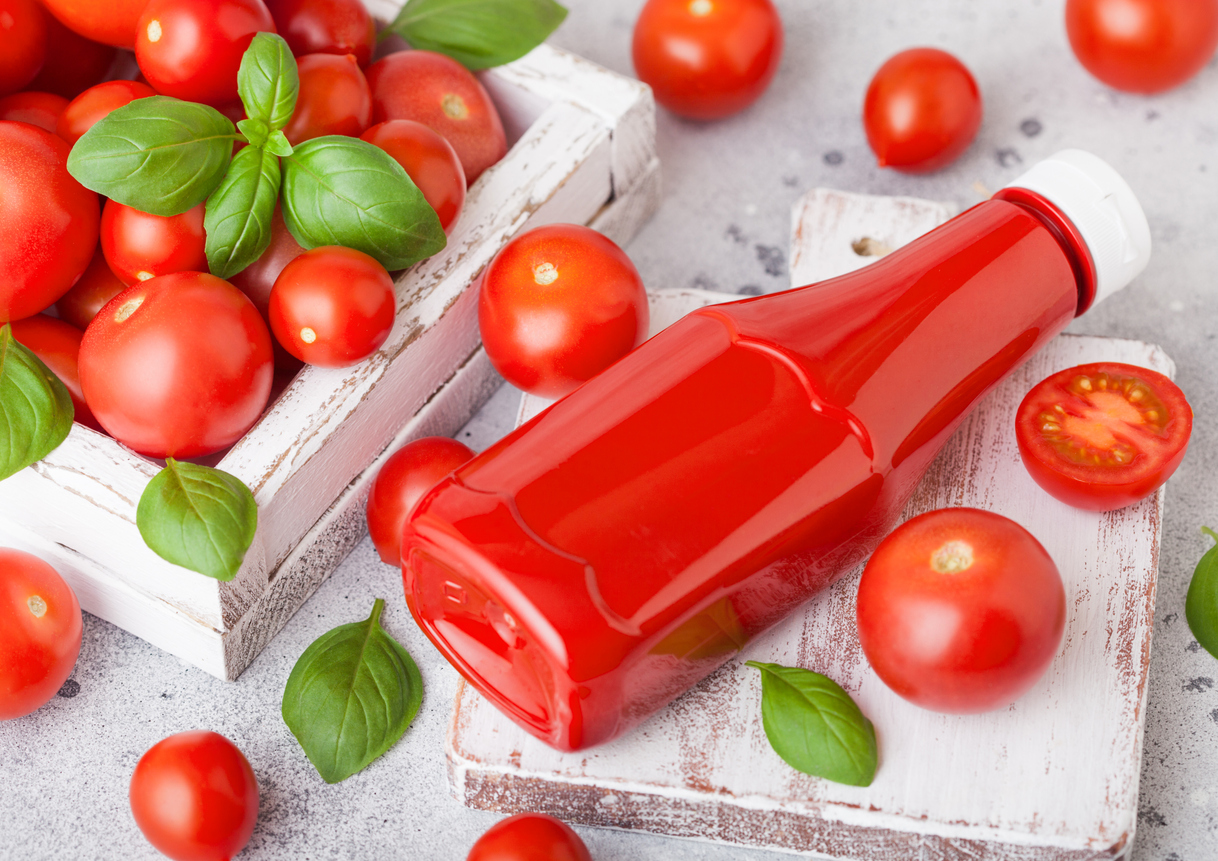
While searching the kitchen for what removes rust unsurprisingly turns up several common cleaning ingredients, ketchup is likely the last condiment most people would expect to double as a DIY rust remover. Combined with washing soda, though, ketchup’s vinegar content and unique viscosity make it an effective choice for small spots of rust.
SUPPLIES
Spray bottle
Ketchup
Washing soda
Paper towels (optional)
Microfiber cloths
STEP 1: Mix washing soda and water in a spray bottle.
Combine water and washing soda (aka sodium carbonate, a common homemade laundry detergent ingredient) in a spray bottle, following the washing soda’s label instructions for household use; the approximate ratio may be around 2 cups of water for every 2 tablespoons of washing soda. Vigorously shake the rust remover spray mixture.
STEP 2: Apply the mixture and ketchup to the rust.
Spray a liberal amount of the washing soda solution onto each rust spot. Then, dispense a dense layer of ketchup on top. Allow it to sit on the metal surface for up to two hours.
STEP 3: Rinse and dry the metal surface fully.
Use paper towels or cloths to wipe away the ketchup and washing soda before thoroughly rinsing the metal with tap water or one or more damp cloths. Completely dry the surface with a clean microfiber cloth.
How to Remove Rust With Cream of Tartar
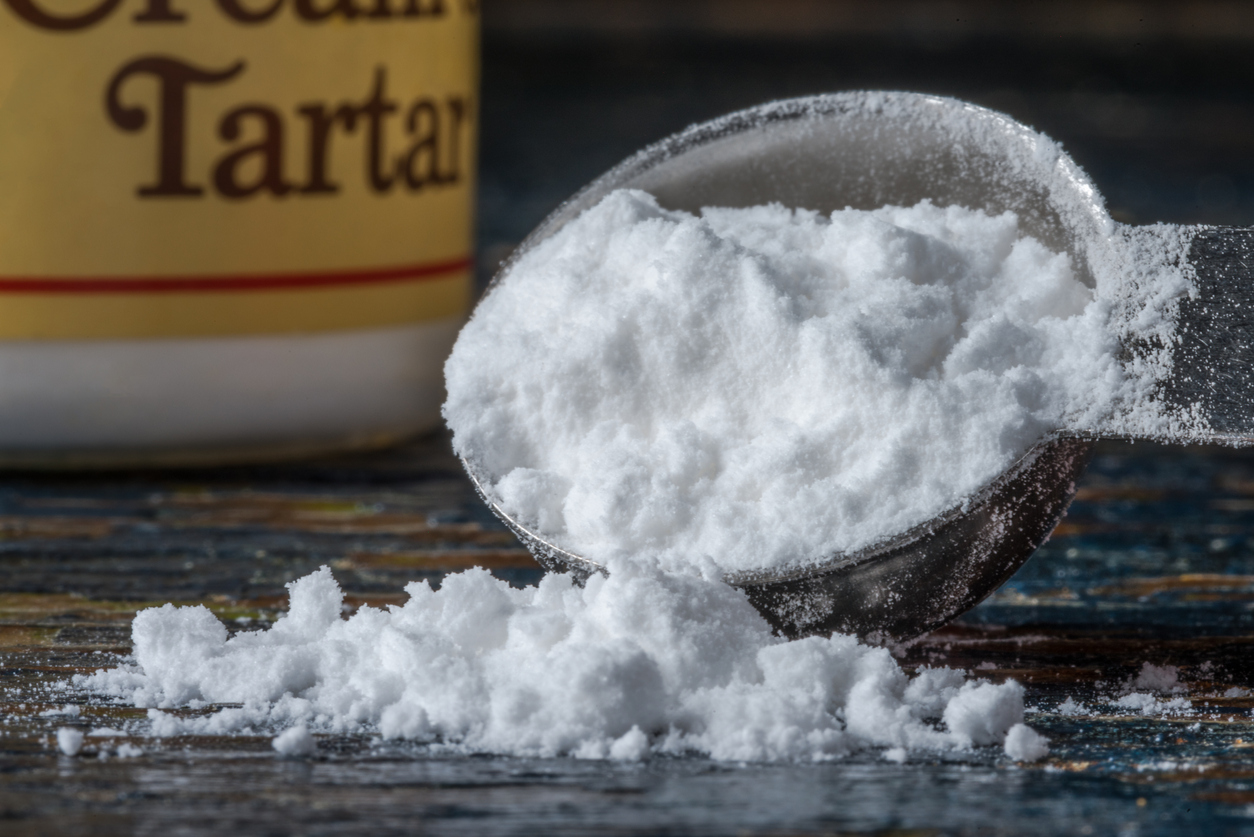
If you enjoy making desserts—or DIY your own drain cleaner—you probably already recognize the value of keeping cream of tartar stocked in the pantry. What you may not know, however, is that this baking essential can also be used as a homemade rust remover when combined with baking soda and hydrogen peroxide.
SUPPLIES
Cream of tartar
Baking soda
Hydrogen peroxide
Microfiber cloths
STEP 1: Mix cream of tartar, baking soda, and hydrogen peroxide in a bowl.
Combine equal parts cream of tartar and baking soda in a bowl. Stir in a splash of hydrogen peroxide at a time until the mixture reaches a toothpaste-like consistency.
STEP 2: Apply the paste to rusted metal and let it sit.
Slather the paste onto any visible rust spots on the metal, and rub it into the surface with a microfiber cloth. Allow it to work away at the rust for at least an hour.
STEP 3: Rinse and fully dry the metal surface.
After wiping away the cream of tartar paste with a clean cloth, rinse the metal with a damp cloth or under tap water. Fully dry the surface with a dry microfiber cloth.

